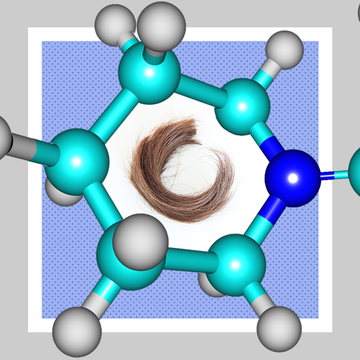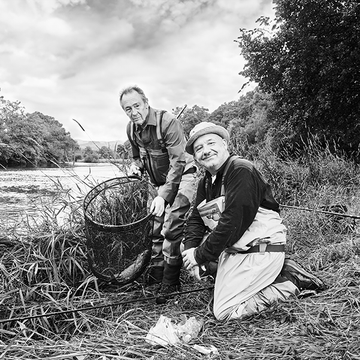Receding hairlines and male-pattern baldness are extremely common, but they are also very treatable. It’s just knowing who to turn to, what to use and escaping the barrage of snake-oil remedies out there which will cost you a fortune and most likely not work.
Here is an easy step-by-step guide to giving you your hair back - if that is what you want.
Remedies
Evidence based remedies that can work are: Minoxidil solution or foam (available without prescription) and Propecia tablets (requiring a prescription). These can slow or halt progression and even thicken the hair. This is the initial route to be taken in early hair loss. However, it is always important to check with your doctor that you are actually suffering from ‘male-pattern baldness’ and not a medical condition causing hair loss (ie low thyroid or iron deficiency).
Transplants
There are different techniques of hair transplantation, which have very varied results. It is an artistry in itself and working out how to find the right surgeon is no easy task. You will also struggle to skilfully weave your way through the ‘white-noise’ of online searches. The two most common transplantation techniques are FUE and FUT which we will explain later. Some people wonder whether a "transplant" involves taking hair from another person. The hair is, in fact, discretely moved from the back and sides of your own head and then transplanted to the top/front.
You were probably oblivious to how many celebrities experiencing hair loss have actually had some form of hair transplant, because most go unnoticed. There is a technique known as FUE (Follicular Unit Extraction) which can even be done ‘unshaven’ with multiple sessions to give a completely natural look without anyone ever knowing. However, where there is more severe balding (rather than recession), many more grafts are required, which can provide equally good results but will be more obvious in the early healing stages after surgery.
Following a journey of extensive research and speaking to several hair transplant surgeons, I realised what a murky and often unregulated business this industry has become. Some men have resorted to ‘medical tourism’, looking for cheaper alternatives abroad, which can be more costly in the long-run, due to unsatisfactory results. It is also incredibly difficult to separate out the good from the bad surgeons, and knowing which hair clinics are bona fide. Many of the high street hair clinics are not necessarily registered with the credible hair-restoration societies, and are sometimes staffed by non-medically qualified personnel.
I followed one of my patients through the process of an unshaven ‘FUE’ transplant with one of UK’s leading hair transplant surgeons, Dr Edward Ball, who promises: “Using modern surgical techniques and an artistic approach to hairline design, hair surgeons can now create totally natural-looking heads of hair discreetly and safely”.
I have to say, the results were astounding, and my patient was very happy, having created a look without anyone even knowing he had it done. The psychological impact on balding or a receding hairline can be devastating for many men and to have access to successful treatments is reassuring, but equally distressing if the wrong surgeon or clinic is chosen.
Below are the two common hair transplant techniques:
FUT (Follicular Unit Transplantation) removes a thin strip of hairs from the back of the head, which is then carefully divided under a microscope into a large number of grafts, to then transplant to the top or front of the head. This is used by some surgeons to collect a larger number of grafts but leaves a line scar which tends to need a longer hair style to conceal it.
FUE (Follicular Unit Extraction) removes the individual follicles after having shaved a small area at the back of the head. There is also an ‘unshaven’ technique but there are only a handful of surgeons who offer this very discrete option. The follicles are then placed at the top/front of the head. As the grafts are extracted individually, it can be more time-consuming but also a more discrete approach with less scarring.
When finding your surgeon it is important to look for the following accreditations: The International Society of Hair Surgery and The American Board of Hair Surgery.
It is also reassuring if they have completed a medical degree and official surgical training (i.e. Royal College of Surgeons).
There are some useful forums where patients share their stories and help others to make well-informed decisions like hairlossexperiences.com. This will help you get a feel to what the results are like and if there are any cowboys out there.
Dr Ball also advises: "Seek multiple medical opinions to ensure you feel comfortable with your chosen clinic. And, Meet the doctor who will be performing the procedure to check that they will be performing all medical aspects of the surgery themselves (rather than outsourcing it to unlicensed personnel)".














